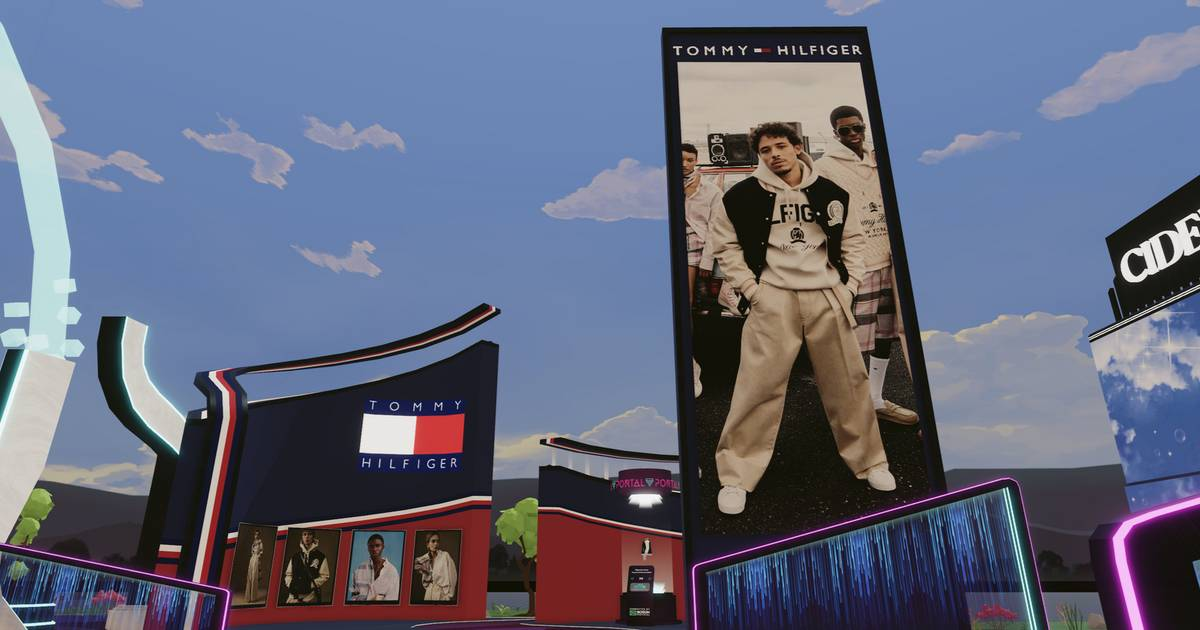The way individuals communicate, express themselves, and shop via technology has changed in the past few decades. Web3, which is this decade’s story, is developing more quickly than previous ground-breaking technologies. Although it’s still early, this past year has profoundly altered fashion, frequently in invisible ways.
Highlights
What is Web 3?
Web3 is the modified version of WWW. It focuses on the concepts of decentralization, autonomy, and giving control to peoples’ hands. It means now you can own the pieces on the world wide web through the system of blockchain technology and token-based economy.
Data will be kept in Web3 on a decentralized network outside the control of major tech firms like Google or Amazon.
Web 3.0 differs from Web 2.0 because it emphasizes using technologies like machine learning and artificial intelligence to deliver appropriate material to each user instead of only the content that other end users have provided.
This makes it possible for users to communicate without disclosing any personal information and makes them less vulnerable to censorship.

Web3’s impact on fashion
The most significant impact of Web3 on fashion is the Decentralization of autonomy. This will give individuals ownership instead of handing it to large corporations. This becomes a fundamental aspect and effect of Web 3.
The same is true for designers. Theoretically, Web3 allows creators to own and profit from their work—an actual creator economy. This makes it possible for freelance designers to make a living by generating digital game skins, collectables, and NFTs.
One of the most notable developments in the fashion industry is its online existence.

Significant Web3 fashion moves
- With various virtual fashion, NFT, or e-game activations, well-known companies like Tommy Hilfiger, Puma, and more returned to the 2022 NYFW.
- To support fashion start-ups developing on Web3, the online luxury marketplace Farfetch collaborated with the venture capital company Outlier Ventures.
- Gucci and Balenciaga announced that their real-world and virtual stores would accept cryptocurrency payments.
- Large brands, including Nike, Gucci, Dolce & Gabbana, Adidas, and Tiffany, generated 21 billion INR in combined sales through NFTs.
- Lacoste started an NFT project that allows customers to participate in the creation of new products.
- The introduction of its metaverse and NFT cooperation and educational program was announced by the Council of Fashion Designers of America (CFDA).

Changes in top 5 fashion frontiers
Supply Chain Traceability – Fashion firms can employ blockchain technology to authenticate their sustainability claims, which can help them in their efforts to increase supply chain transparency.
Rise of Independent Designers – We’ve previously seen how digital fashion can allow anyone with a computer and an Internet connection access to the world of fashion design!
Fix for Authentication Issues – Through the blockchain-based recording of a product’s purchase and manufacture history, NFTs can be the industry’s weapon in the fight against counterfeits.
Rethinking Ownership – Ownership is and will continue to be Web3’s most significant impact.
Fashion companies will need to reconsider their stances on copyrights, user control, and what decentralization means in the context of the industry.
Decentralized Financing (DeFi) – DeFi may be a viable alternative funding source for many businesses. It is highly advantageous for designers or brands that might otherwise have trouble obtaining financing from conventional banking institutions.
Web3 and associated technologies can completely change how we work, shop, and spend our free time. So it’s crucial that we fully comprehend these technologies and their repercussions.













